- Office Hours Mon - Fri 9:00 am – 4:00 pm EST
This curriculum is for Dental Lab Technicians that want to take their skills to the next level. These courses will teach you a solid understanding of occlusion and how to apply this knowledge to your lab work.
The graphic below is the recommended course plan for The Dawson Academy’s core curriculum for Lab Technicians.
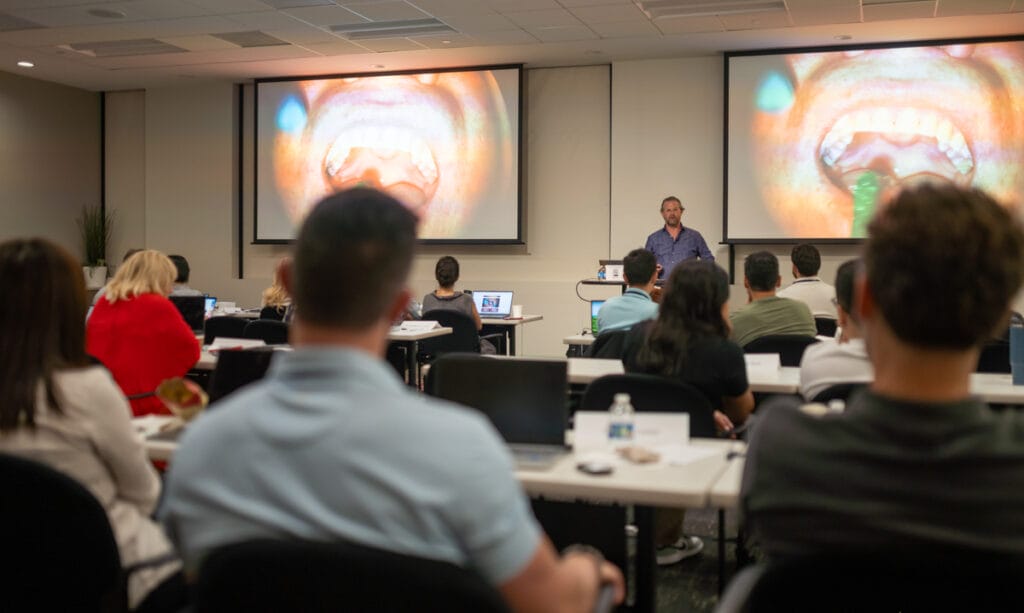
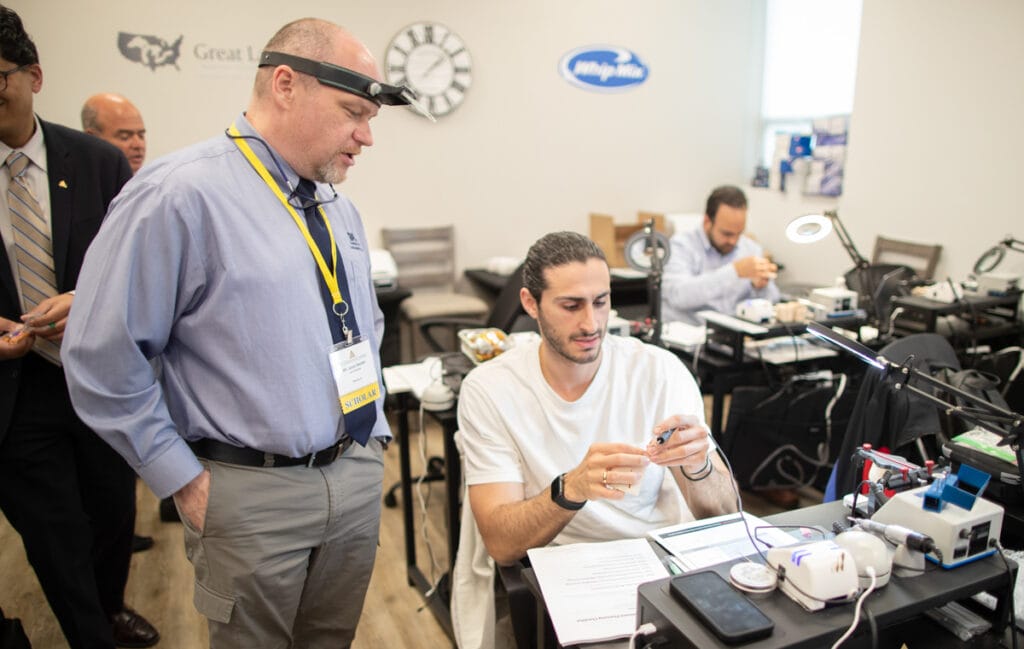
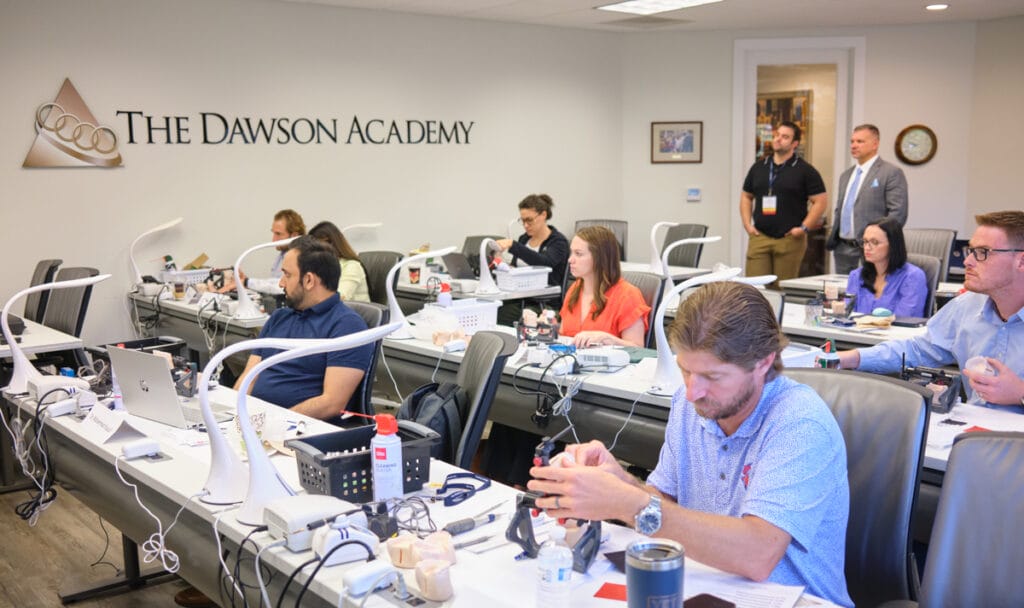
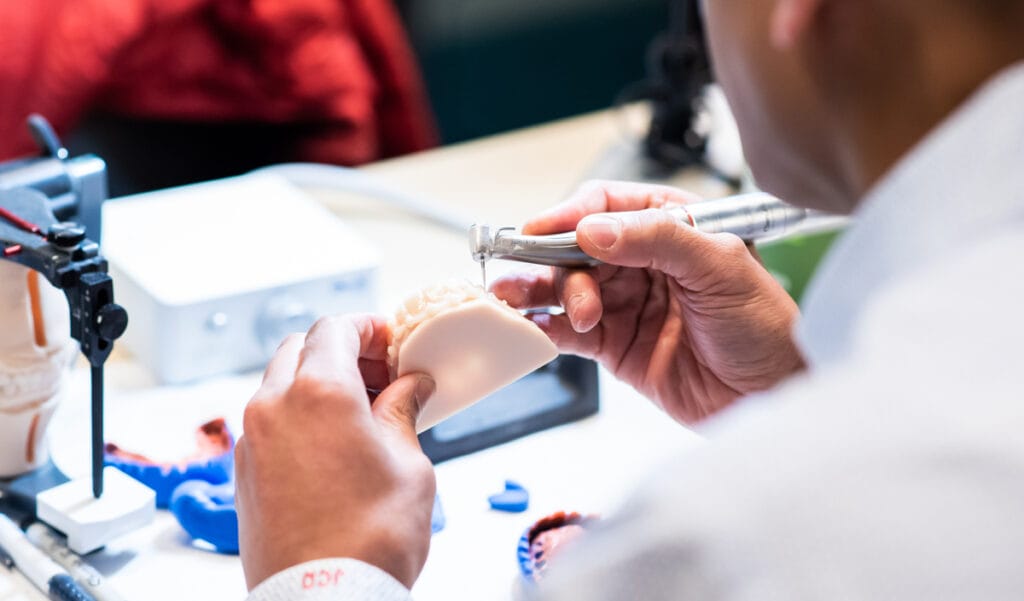
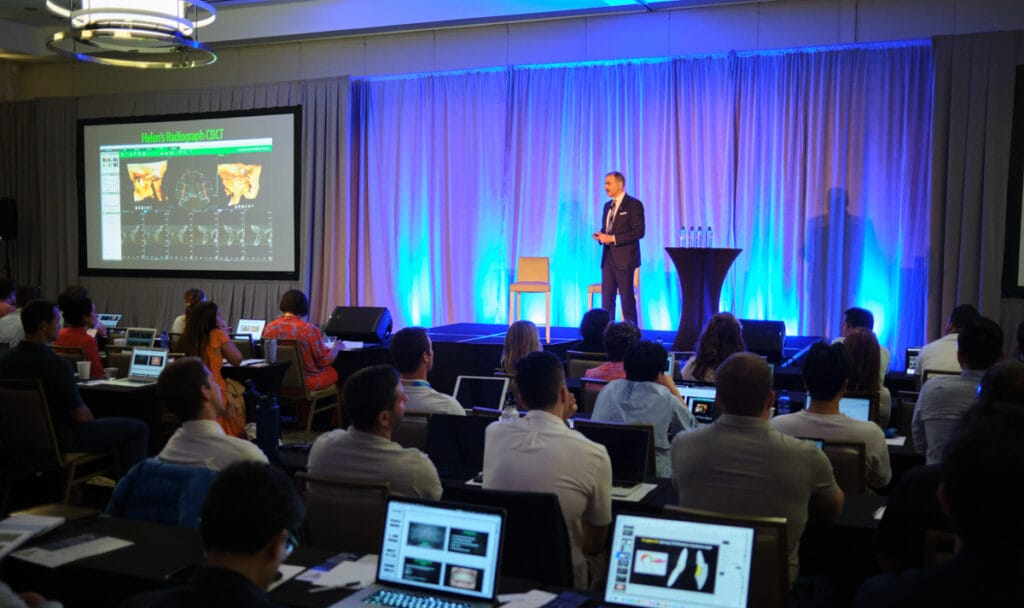
The Core Curriculum is a structured series of courses designed to teach dentists the principles of complete dentistry. It focuses on occlusion, treatment planning, and comprehensive patient care, providing a predictable approach to diagnosing and treating even the most complex cases.
Yes, the Core Curriculum is designed as a progressive learning experience. Each course builds upon the previous one, starting with Core 1: Occlusion & Smile Design, followed by Core 2, Core 3, and beyond.
The Core Curriculum is ideal for general dentists, specialists, and dental professionals looking to enhance their ability to diagnose, treatment plan, and execute complete care. It’s especially beneficial for those who want to improve long-term case predictability and patient outcomes.
The Core Curriculum includes a mix of lectures, hands-on exercises, and case studies. Starting with Core 1, students practice occlusal analysis and smile design. In Core 2 and Core 3, they refine their examination, record-taking, and treatment planning skills with practical applications.
Dawson Academy’s Core Curriculum is unique because it follows a systematic, principles-based approach to dentistry. Unlike other CE courses that focus on procedures, Dawson’s training emphasizes comprehensive diagnosis and predictable treatment planning, leading to better long-term results for both patients and practitioners.
The Mini-Residency is an immersive program that allows dentists to complete the Core Curriculum in a structured small-group setting. It provides a deeper level of mentorship, additional case reviews, and one-on-one guidance from Dawson Faculty. The Mini-Residency is ideal for those who want a fast-tracked learning experience with built-in support.
Dawson Academy courses are available in multiple locations across the U.S. and internationally, including Florida, Colorado, Texas, New Jersey, California and North Carolina. Dentists can take courses at any listed location, allowing for flexibility in scheduling. The curriculum remains consistent across locations, ensuring a seamless learning experience no matter where you choose to attend.
ADA CERP is a service of the American Dental Association to assist dental professionals in identifying quality providers of continuing dental education. ADA CERP does not approve or endorse individual courses or instructors, nor does it imply acceptance of credit hours by boards of dentistry.
Concerns or complaints about a CE provider may be directed to the provider or to the Commission for Continuing Education Provider Recognition at ADA.org/CERP.